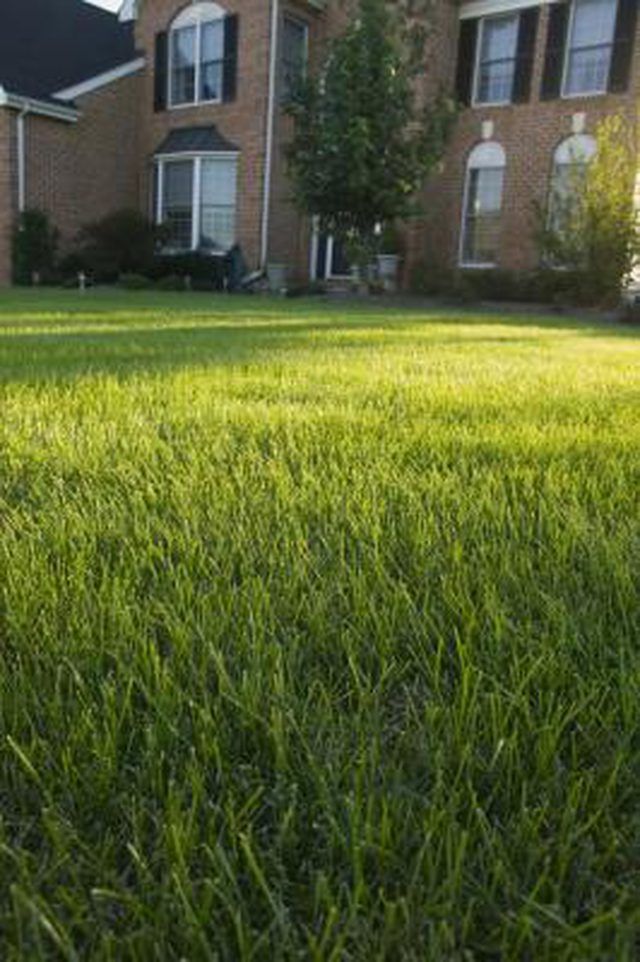Bulbs
Flower Basics
Flower Beds & Specialty Gardens
Flower Garden
Garden Furniture
Garden Gnomes
Garden Seeds
Garden Sheds
Garden Statues
Garden Tools & Supplies
Gardening Basics
Green & Organic
Groundcovers & Vines
Growing Annuals
Growing Basil
Growing Beans
Growing Berries
Growing Blueberries
Growing Cactus
Growing Corn
Growing Cotton
Growing Edibles
Growing Flowers
Growing Garlic
Growing Grapes
Growing Grass
Growing Herbs
Growing Jasmine
Growing Mint
Growing Mushrooms
Orchids
Growing Peanuts
Growing Perennials
Growing Plants
Growing Rosemary
Growing Roses
Growing Strawberries
Growing Sunflowers
Growing Thyme
Growing Tomatoes
Growing Tulips
Growing Vegetables
Herb Basics
Herb Garden
Indoor Growing
Landscaping Basics
Landscaping Patios
Landscaping Plants
Landscaping Shrubs
Landscaping Trees
Landscaping Walks & Pathways
Lawn Basics
Lawn Maintenance
Lawn Mowers
Lawn Ornaments
Lawn Planting
Lawn Tools
Outdoor Growing
Overall Landscape Planning
Pests, Weeds & Problems
Plant Basics
Rock Garden
Rose Garden
Shrubs
Soil
Specialty Gardens
Trees
Vegetable Garden
Yard Maintenance
How to Insulate the Backflow Preventer on Sprinkler System
How to Insulate the Backflow Preventer on Sprinkler System. During the winter, the backflow preventer on your irrigation system should be completely drained of water to prevent internal freezing, which can cause various parts of the system to break. After drainage of the preventer and the entire irrigation system, you may wish to insulate certain...

During the winter, the backflow preventer on your irrigation system should be completely drained of water to prevent internal freezing, which can cause various parts of the system to break. After drainage of the preventer and the entire irrigation system, you may wish to insulate certain parts of the system, including the preventer, to further protect them from the harsh weather.
Things You'll Need
Duct tape
R-11 fiberglass insulation
Black trash bag
Backflow insulation bag
Low-Cost Solution
Wrap R-11 fiberglass insulation all around the components of the backflow preventer, being careful not to cover the drain outlets and air vents of the unit. While the preventer is wrapped up for the winter, the unit needs to drain and air-out sporadically. If necessary, cut the fiberglass to better fit it around the unit. Towels can be substituted for insulation, if necessary. Use duct tape to keep the insulation wrapped around the preventer.
Cover the backflow preventer and the fiberglass insulation with a black trash bag to secure the insulation, add further insulation and prevent the fiberglass insulation from getting wet. As with the fiberglass insulation, keep preventer drains uncovered. A heavier plastic can be used, if you donít trust the quality of a trash bag to last all winter.
Wrap the insulation and the trash bag in duct tape securely enough to keep the setup in place through the winter but not too tight. Toward the ends of the unit, keep a small opening around the pipes to allow air to pass into the unit.
Ready-Made Solution
Place a ready-made insulation blanket or bag over the top of the backflow preventer unit. A ready-made insulation bag might consist of fiberglass set in between two sheets of fabric with a durable outer cover. Leave space for drainage and airflow.
Loosen the bag so that itís clear of drainage holes and air can flow through bottom of the bag. The preventer must be able to drain throughout the winter, if necessary.
Tie the strings of the insulation bag below the backflow preventer. If the insulation bag features a snap at the bottom, then snap the bag closed and confirm the bag is unable to fly off of the preventer during strong winds. Some insulation bags come with padlocks to secure the bag to the preventer. If this is the case, then lock the padlock into place below the preventer.